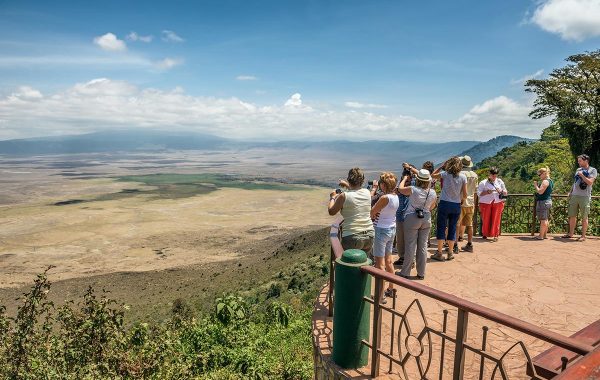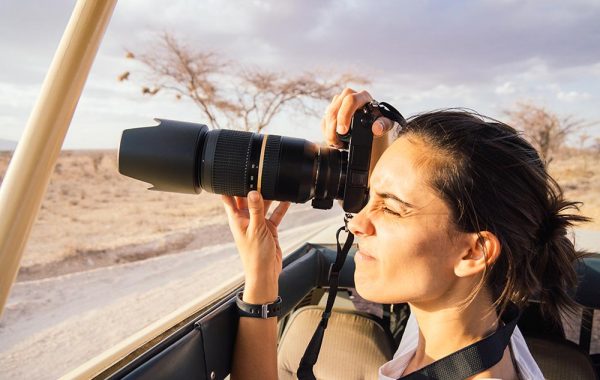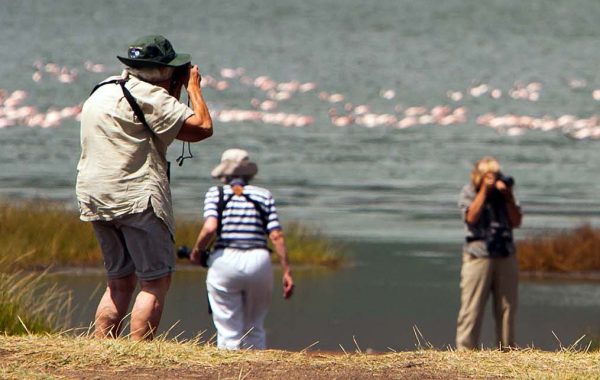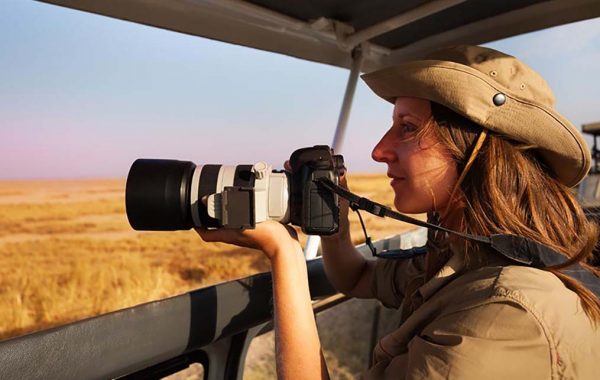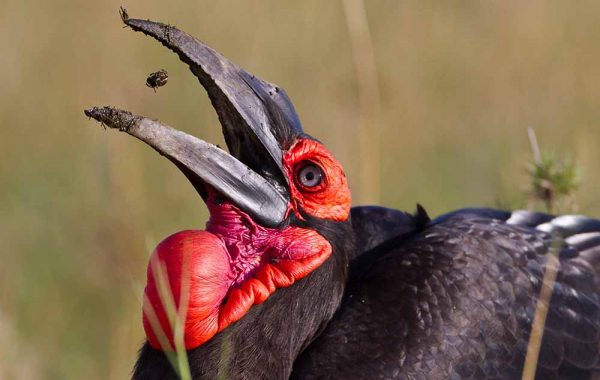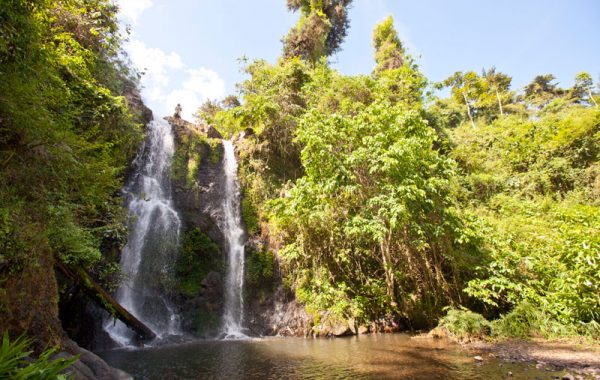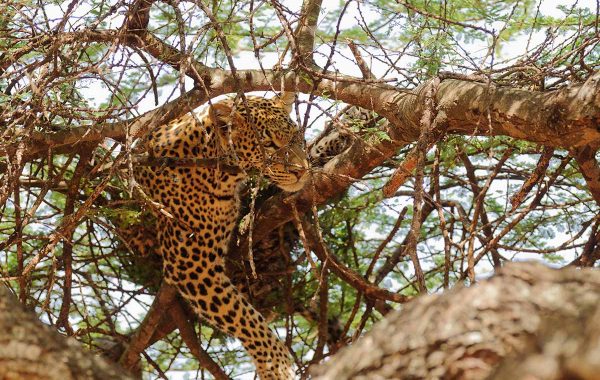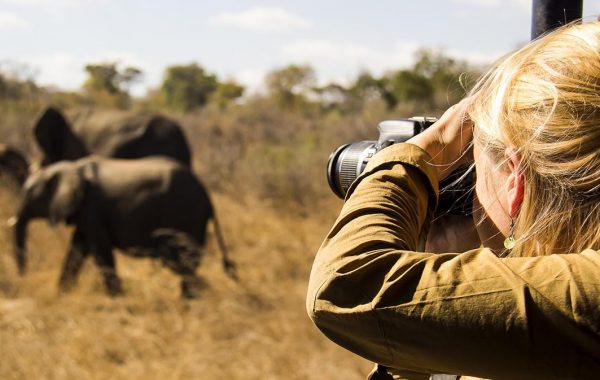Explore the incredible best wildlife destinations with us. If you love photography, then we might be in your right place for your start with. Tanzania has a beautiful Landscapes, National Parks and Mountains and Beach.
Who is this tour for?
Anyone can choose this tour, whether you are not photographer, an amateur photographer, somewhere in-between or a professional.
Photographic Opportunities
This tour could be the best if your re interested with wildlife. However, you have more opportunities to shoot Big 5, Cheetah, African Wild Dog, Bird Photography, General Game, Landscapes, Nightscapes.
What to Expect?
There are so many things one can get from a Wildlife Safari, Camping, African Nature Experiences and Luxury Accommodations.
You will meet new people, make new friends, learn about the African bush, grow your photography and experience some unforgettable moments!
On each drive we will be on the search for the big cats, Wildebeest Migration and Calving, Local Community and taking every opportunity we can to spend plenty of time with them.
Photographer numbers are limited to a maximum of 6 per vehicle, giving you space for camera equipment and the comfort to move freely and get the best possible angle at each sighting.
Tanzania Photography Tips
- Be patient, it may sound a little strange but patience is one of those wildlife photography tips that really will improve your wildlife pics. The most interesting animal images are the ones where they exhibit some kind of behaviour other than sleeping or walking around and to capture these type of images, takes time and patience.
- Be prepared and ready with your camera at all times for those stunning photographs, animals suddenly appear and may only give you a glimpse. A general setting is recommended at f8, servo mode with aperture priority for the sharpest photos.
- When taking close-up pictures with a tele-photo lens set the aperture at f8 and focus on the animal’s eyes. This guarantees that most of the animals face will be in focus in your photo.
- When the subject is in motion, use a shutter speed of at least 1/125 for sharper images, except if you are using a panning method. Photographs of birds in flight necessitate speeds of 1/500 or more. A good starting point for wildlife photography is a lens with a 300mm in focal length. Good bird photos will require a 500mm lens.
- Do not centre all your photos, leave room in your subject for the animal to move into. This will prevent lifeless composition and give an imitate portrayal of your subject in your images. Photographs taken at the animal’s eye-level will appear more sensational.
- If your prime reason for going on safari is to take photos, do not go on a regular safari. You will find yourself sharing your vehicle with up to 6 guests. So do not expect to stay at any sighting long enough to take any behavioural pics.
- Use the available light to the best advantage for all those stunning photos. One of the lesser known wildlife photography tips is that the best time for spotting wildlife animals on safari is during the early morning and late evening. Coincidentally that is also when the light is best for photography so take full advantage of this. Midday is problematic because of the harsh direct light and dark bodies against light backgrounds makes for difficult exposure of your animal pictures.
- Getting the focus right is not as easy as it sounds especially with today’s auto focus cameras. Because there are often branches, grass and vegetation obscuring the subject in safari wildlife photos the camera can easily focus on that instead of the animal. So be careful that your camera isn’t focussing on that clump of grass in front of the subject and spoil that once in a life-time image.
- Think carefully about the aperture you use for the best pics. By using a large aperture you can throw the background out of focus to isolate the subject on your image.
Comments are closed.

